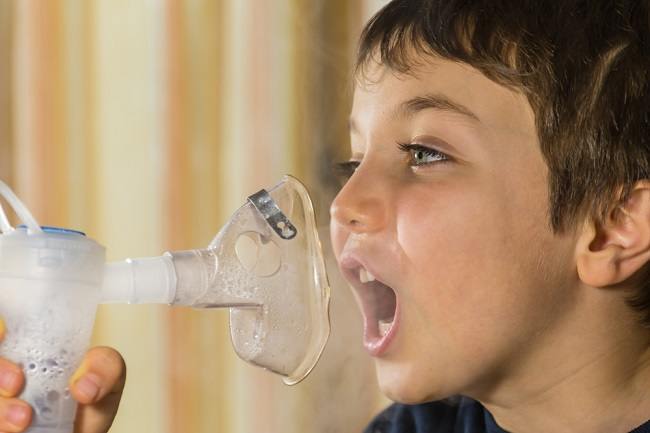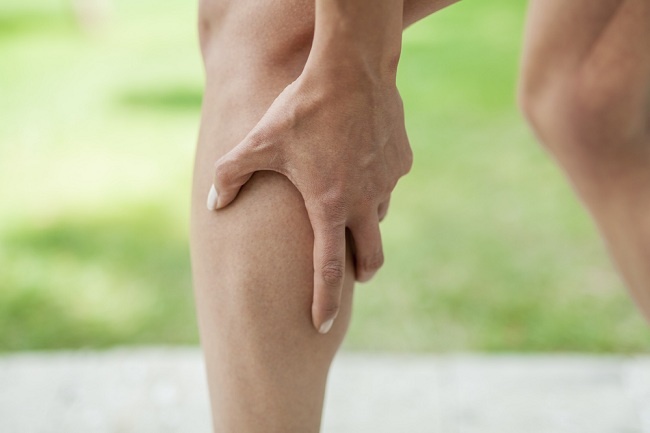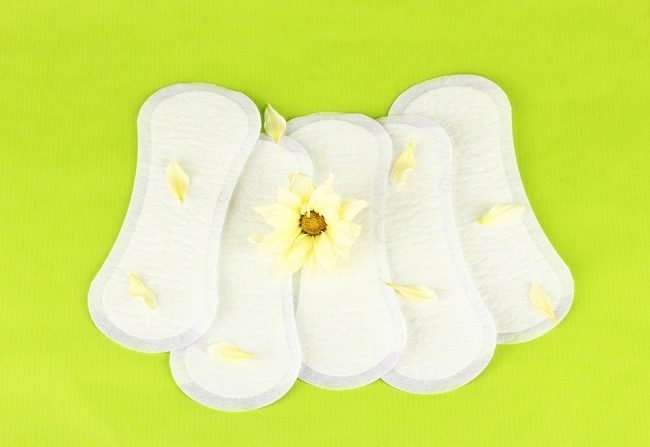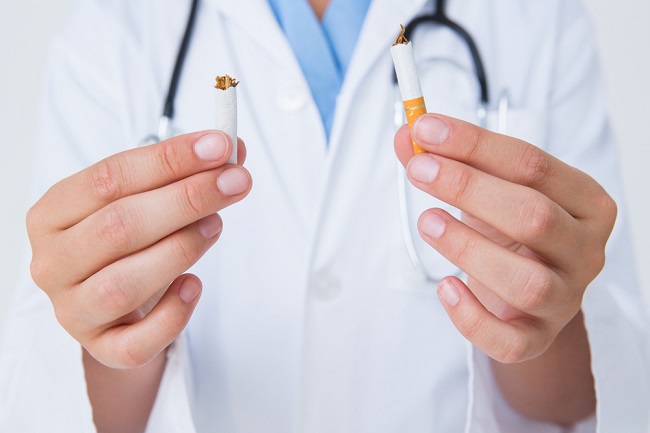Sebaceous glands are often associated with acne because of their role in producing sebum or oil in the skin. However, this very small gland also has other functions that are important for healthy skin.
Sebaceous glands are found in almost all parts of the body. The face and scalp are the most abundant parts of the body. Meanwhile, there are also parts of the body that do not have sebaceous glands, namely the lower lip, palms of the hands, and soles of the feet.

Overview of the Sebaceous Glands and Their Functions
Sebaceous glands are located under the surface of the skin. This gland functions to secrete an oily substance called sebum. Sebaceous glands along with sweat glands also play a role in regulating body temperature to keep it stable.
When the weather is hot, the sebum secreted by the sebaceous glands will mix with sweat to prevent the loss of excess heat from the body. Meanwhile, when the weather is cold, sebum will contain more oil to protect hair and skin from drying out.
In addition to regulating body temperature and preventing dry skin, sebum containssqualeneand other substances that function to protect the body from bacteria, fungi, and viruses that cause infection.
The Link Between Sebaceous Glands and Acne
Sebaceous glands will produce excessive sebum during puberty. When accompanied by the release of dead skin cells, excess sebum can clog pores.
Clogged pores can be a breeding ground for bacteria, such as: Staphylococcus aureus and Propionibacterium acnes. In addition, bacteria in the skin pores can also trigger an immune system response and trigger inflammation.
As a result, various complaints will appear, such as blackheads, whiteheads (whitehead), and acne.
Health Problems That Can Occur in the Sebaceous Glands
Apart from acne, there are several other skin problems related to sebaceous glands, including:
1. Seborrheic dermatitis
One of the health problems that can occur in the sebaceous glands is seborrheic dermatitis. This condition attacks parts of the body that contain a lot of sebum, such as the scalp and face.
Apart from sebum, seborrheic dermatitis can also be caused by a bacterial infection Malassezia and an overreaction of the immune system.
2. Sebaceous cyst
A sebaceous cyst occurs when a sebaceous gland is damaged or blocked. This condition generally occurs as a result of an injury, such as a surgical wound in the sebaceous gland area or from acne.
3. Nevus sebaceous
Nevus sebaceousare birthmarks that can appear on the face, neck, forehead, or scalp. This condition is classified as a rare benign tumor and is usually difficult to remove.
4. Sebaceous gland carcinoma
Sebaceous gland carcinoma is cancer of the sebaceous glands, which usually appears on the eyelids. This cancer is initially characterized by a lump or thickening in the skin of the eyelid. As it progresses, the lump may bleed or ooze pus.
5. Sebaceous hyperplasia
Sebaceous hyperplasia is a condition when sebum gets trapped in the sebaceous glands. This condition causes the growth of lumps on the forehead or cheeks.
Sebaceous hyperplasia is generally experienced by middle-aged or elderly people. Although not dangerous, this condition can interfere with appearance.
In order for the sebaceous glands to work properly, there are several things you can do, namely to meet the needs of body fluids, compress clogged pores with warm water, and avoid direct sunlight.
If you experience complaints related to the sebaceous glands, such as redness, itching, or small lumps under the skin that don't go away within a few days, see a doctor immediately. The doctor will conduct an examination and determine the appropriate treatment and according to your complaint.









